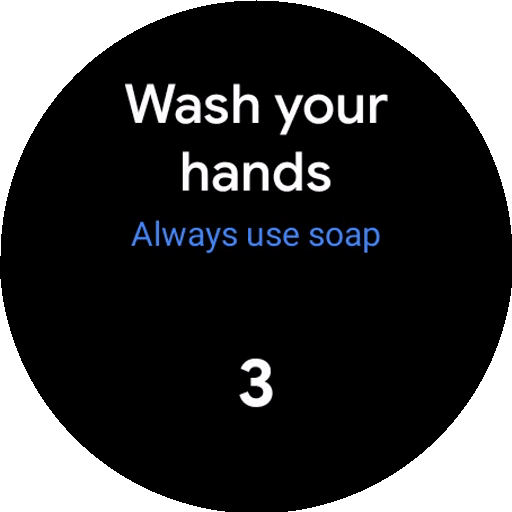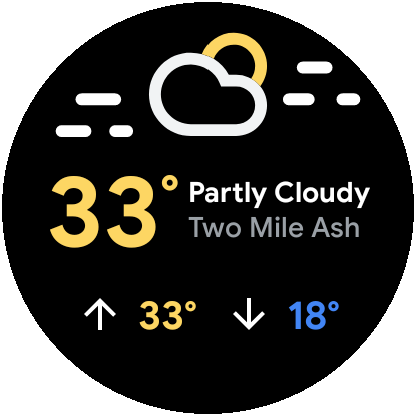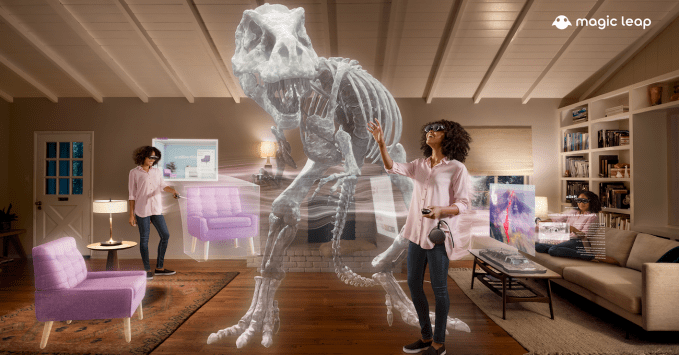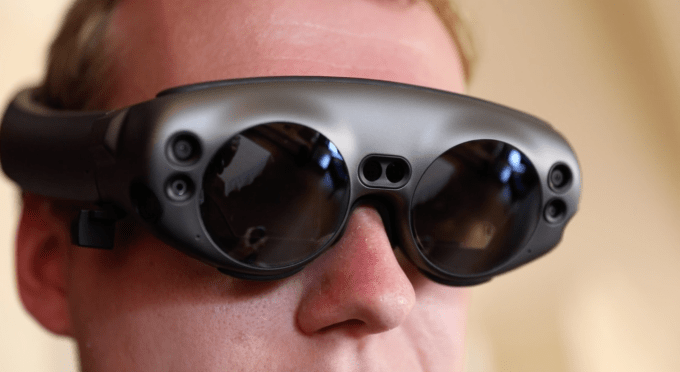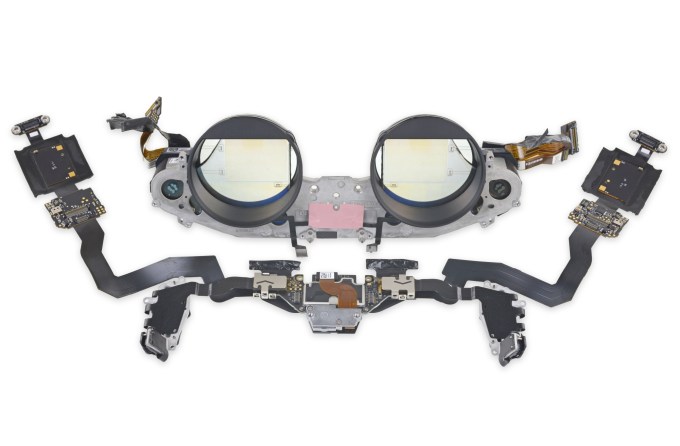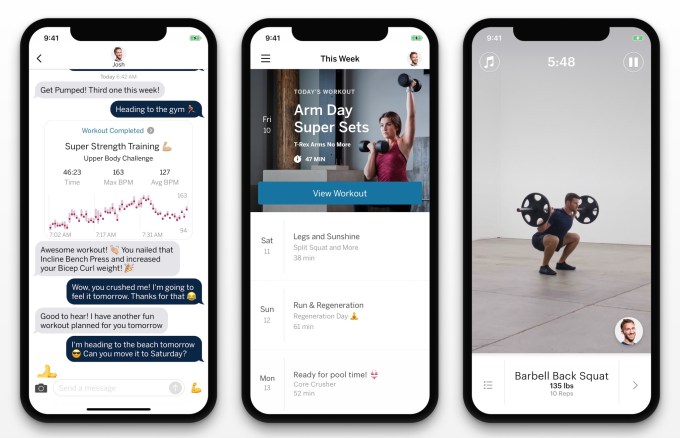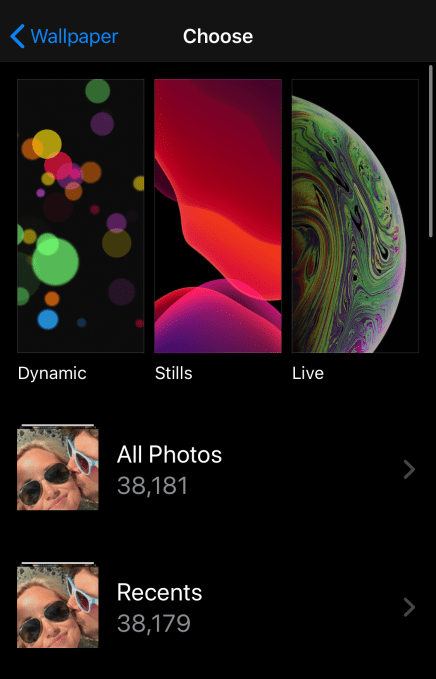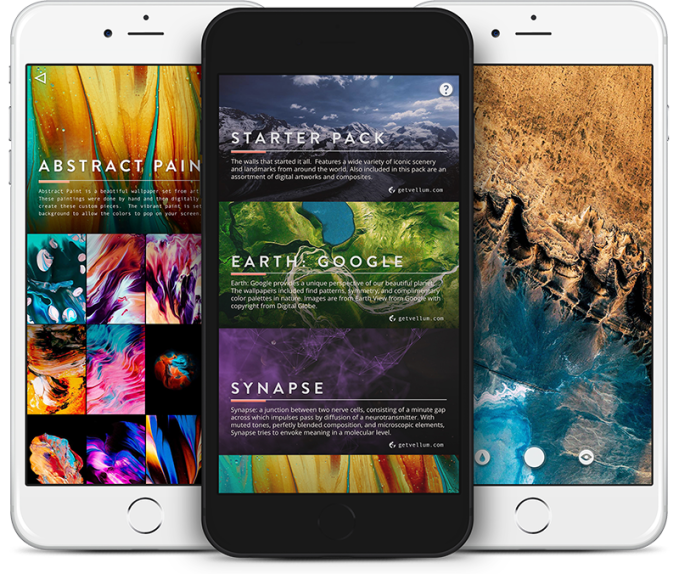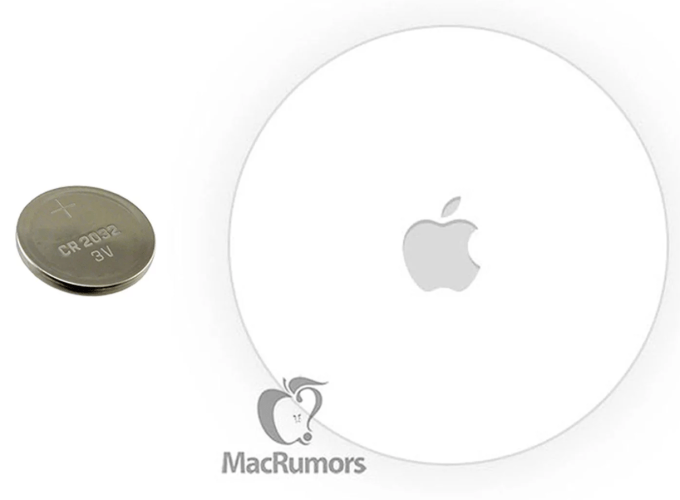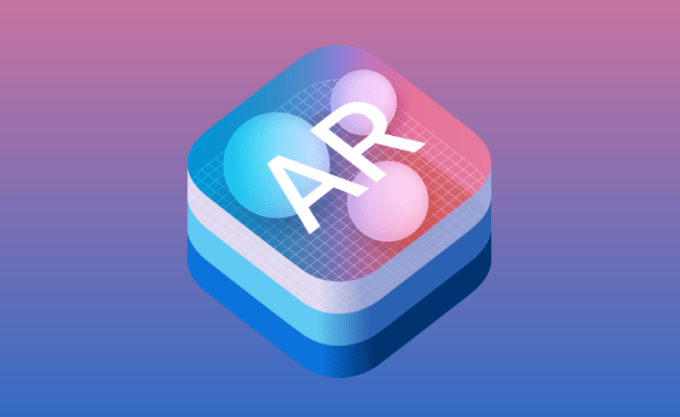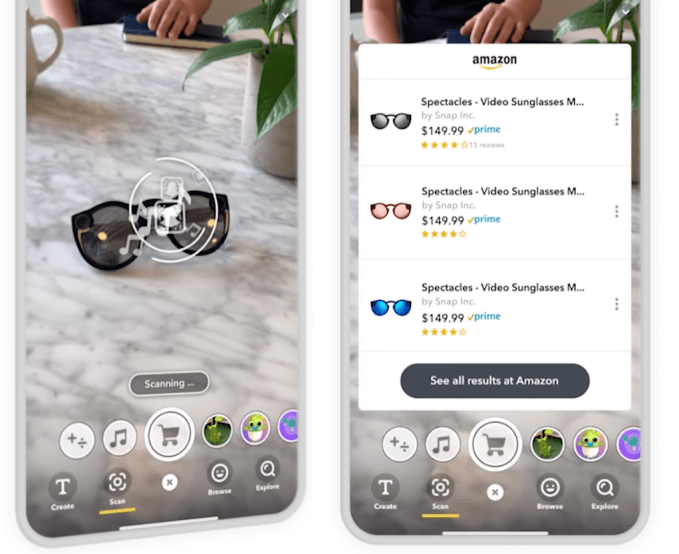In a set-back for Google’s plan to acquire health wearable company Fitbit, the European Commission has announced it’s opening an investigation to dig into a range of competition concerns being attached to the proposal from multiple quarters.
This means the deal is on ice for a period of time that could last until early December.
The Commission said it has 90 working days to take a decision on the acquisition — so until December 9, 2020.
Commenting on opening an “in-depth investigation” in a statement, Commission EVP Margrethe Vestager — who heads up both competition policy and digital strategy for the bloc — said: “The use of wearable devices by European consumers is expected to grow significantly in the coming years. This will go hand in hand with an exponential growth of data generated through these devices. This data provides key insights about the life and the health situation of the users of these devices.Our investigation aims to ensure that control by Google over data collected through wearable devices as a result of the transaction does not distort competition.”
Google has responded to the EU brake on its ambitions with a blog post in which its devices & services chief seeks to defend the deal, arguing it will spur innovation and lead to increased competition.
“This deal is about devices, not data,” Google VP Rick Osterloh further claims.
The tech giant announced its desire to slip into Fitbit’s data-sets back in November, when it announced a plan to shell out $2.1BN in an all-cash deal to pick up the wearable maker.
Fast forward a few months and CEO Sundar Pichai is being taken to task by lawmakers on home turf for stuff like ‘helping destroy anonymity on the Internet‘. Last year’s already rowdy antitrust drum beat around big tech has become a full on rock festival so the mood music around tech acquisitions might finally be shifting.
Since news of Google’s plan to grab Fitbit dropped concerns about the deal have been raised all over Europe — with consumer groups, privacy regulators and competition and tech policy wonks all sounding the alarm at the prospect of letting the adtech giant gobble a device maker and help itself to a bunch of sensitive consumer health data in the process.
Digital privacy rights group, Privacy International — one of the not-for-profits that’s been urging regulators not to rubberstamp the deal — argues the acquisition would not only squeeze competition in the nascent digital health market, and also for wearables, but also reduce “what little pressure there currently is on Google to compete in relation to privacy options available to consumers (both existing and future Fitbit users), leading to even less competition on privacy standards and thereby enabling the further degradation of consumers’ privacy protections”, as it puts it.
So much noise is being made that Google has already played the ‘we promise not to…’ card that’s a favorite of data-mining tech giants. (Typically followed, a few years later, with a ‘we got ya sucker’ joker — as they go ahead and do the thing they totally said they wouldn’t.)
To wit: From the get-go Fitbit has claimed users’ “health and wellness data will not be used for Google ads”. Just like WhatsApp said nothing would change when Facebook bought them. (Er.)
Last month Reuters revisited the concession, in an “exclusive” report that cited “people familiar with the matter” who apparently told it the deal could be waved through if Google pledged not to use Fitbit data for ads.
It’s not clear where the leak underpinning its news report came from but Reuters also ran with a quote from a Google spokeswoman — who further claimed: “Throughout this process we have been clear about our commitment not to use Fitbit health and wellness data for Google ads and our responsibility to provide people with choice and control with their data.”
In the event, Google’s headline-grabbing promises to behave itself with Fitbit data have not prevented EU regulators from wading in for a closer look at competition concerns — which is exactly as it should be.
In truth, given the level of concern now being raised about tech giants’ market power and adtech giant Google specifically grabbing a treasure trove of consumer health data, a comprehensive probe is the very least regulators should be doing.
If digital policy history has shown anything over the past decade and where data is concerned it’s that the devil is always in the fine print detail. Moreover the fast pace of digital markets can mean a competitive threat may only be a micro pivot away from materializing. Theories of harm clearly need radically updating to take account of data-mining technosocial platform giants. And the Commission knows that — which is why it’s consulting on giving itself more powers to tackling tipping in digital markets. But it also needs to flex and exercise the powers it currently has. Such as opening a proper investigation — rather than gaily waving tech giant deals through.
Antitrust may now be flavor of the month where tech giants are concerned — with US lawmakers all but declaring war on digital robber barons at last month’s big subcommittee showdown in Congress. But it’s also worth noting EU competition regulators — for all their heavily publicized talk of properly regulating the digital sphere — have yet to block a single digital tech merger.
And it remains to be seen whether that record will change by December.
“The Commission is concerned that the proposed transaction would further entrench Google’s market position in the online advertising markets by increasing the already vast amount of data that Google could use for personalisation of the ads it serves and displays,” it writes in a press release today.
Following a preliminary assessment process of the deal, EU regulators said they have concerns about [emphasis theirs]:
- “the impact of the transaction on the supply of online search and display advertising services (the sale of advertising space on, respectively, the result page of an internet search engine or other internet pages)”
- and on “the supply of ‘ad tech’ services (analytics and digital tools used to facilitate the programmatic sale and purchase of digital advertising)”
“By acquiring Fitbit, Google would acquire (i) the database maintained by Fitbit about its users’ health and fitness; and (ii) the technology to develop a database similar to Fitbit’s one,” the Commission further notes.
“The data collected via wrist-worn wearable devices appears, at this stage of the Commission’s review of the transaction, to be an important advantage in the online advertising markets. By increasing the data advantage of Google in the personalisation of the ads it serves via its search engine and displays on other internet pages, it would be more difficult for rivals to match Google’s online advertising services. Thus, the transaction would raise barriers to entry and expansion for Google’s competitors for these services, to the ultimate detriment of advertisers and publishers that would face higher prices and have less choice.”
The Commission views Google as dominant in the supply of online search advertising services in almost all EEA (European Economic Area) countries; as well as holding “a strong market position” in the supply of online advertising display services in a large number of EEA countries (especially off-social network display ads), and “a strong market position” in the supply of adtech services in the EEA.
All of which will inform its considerations as it looks at whether Google will gain an unfair competitive advantage by assimilating Fitbit data. (Vestager has also issued a number of antitrust enforcements against the tech giant in recent years, against Android, AdSense and Google Shopping.)
The regulator has also said it will further look at:
- the “effects of the combination of Fitbit’s and Google’s databases and capabilities in the digital healthcare sector, which is still at a nascent stage in Europe”
- “whether Google would have the ability and incentive to degrade the interoperability of rivals’ wearables with Google’s Android operating system for smartphones once it owns Fitbit”
The tech giant has already offered EU regulators one specific concession in the hopes of getting the Fitbit buy green lit — with the Commission noting that it submitted commitments aimed at addressing concerns last month.
Google suggested creating a data silo to hold data collected via Fitbit’s wearable devices — and where it said it would be kept separate from any other dataset within Google (including claiming it would be restricted for ad purposes). However the Commission expresses scepticism about Google’s offer, writing that it “considers that the data silo commitment proposed by Google is insufficient to clearly dismiss the serious doubts identified at this stage as to the effects of the transaction”.
“Among others, this is because the data silo remedy did not cover all the data that Google would access as a result of the transaction and would be valuable for advertising purposes,” it added.
Google makes reference to this data silo in its blog post, claiming: “This deal is about devices, not data. We’ve been clear from the beginning that we will not use Fitbit health and wellness data for Google ads. We recently offered to make a legally binding commitment to the European Commission regarding our use of Fitbit data. As we do with all our products, we will give Fitbit users the choice to review, move or delete their data. And we’ll continue to support wide connectivity and interoperability across our and other companies’ products.”
“We appreciate the opportunity to work with the European Commission on an approach that addresses consumers’ expectations of their wearable devices. We’re confident that by working closely with Fitbit’s team of experts, and bringing together our experience in AI, software and hardware, we can build compelling devices for people around the world,” it adds.

